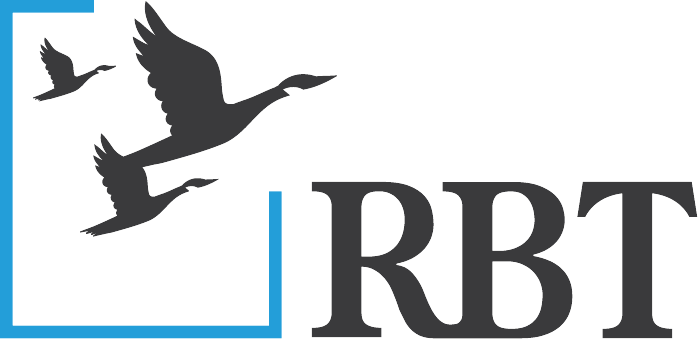Our last article discussed the concerns raised by the Office of the NY State Comptroller (OSC) over financial transparency and accountability in New York State Villages. The OSC report entitled “Transparency and Accountability of Fiscal Activities in Villages” indicates that many of the weaknesses in village financial reporting can be attributed to vacancies and inconsistencies in CFO roles. Understaffing isn’t a new issue for local governments—over the last several years, experienced employees have been retiring from the civil service without enough incoming staff to replace them. Younger generations are less drawn to the public sector for various reasons, including the appeal of higher-paying private sector roles over state benefits and pensions. Insufficient accounting staff in municipalities increases the risk of serious issues such as errors in financial reporting, missed deadlines, and a lack of transparency and accuracy in financial processes. Given these and other factors, outsourcing accounting functions may be a prudent choice for local governments. So, is outsourcing the right decision for your municipality? Let’s consider some of the benefits.
Expertise and Accuracy
Access to expertise is the most significant advantage of outsourced accounting. Accounting firms are equipped with seasoned professionals well-versed in financial management best practices and the latest regulatory changes. These professionals provide advice on financial decision-making and ensure compliance with legal requirements, minimizing the risk of costly errors and penalties. An outside expert specializing in governmental accounting can help a municipality identify ways to operate more efficiently, maintain compliance with unique governmental regulations, and reduce the risk of fraud.
Continuity of Service
Given the staffing shortage currently facing the public sector, civil servants who leave their positions can be difficult to replace. While in-house CFOs or accountants can resign, fall ill, or go on vacation, leaving the municipality with operational gaps, accounting firms have staff available consistently to ensure uninterrupted service.
Reduced Staffing Costs
One factor a municipality must consider when deciding whether to outsource services to an accounting firm is the real cost of hiring a new full-time employee. In addition to salary, the municipality also bears the cost of recruitment, employee training, medical benefits, and payments into a pension fund. New hires also require time to adjust to the role, learn the ropes, and reach full productivity. Outsourcing eliminates many of these costs associated with in-house hires. Additionally, outsourcing allows municipalities to pay only for the services they need rather than paying an employee for full-time work.
Latest Technology
Another advantage that comes with outsourcing is access to up-to-date accounting technology. Most accounting firms employ the latest accounting software and tools, facilitating efficient, accurate, and timely financial reporting.
Focus on Priorities
By delegating financial management tasks to outsourced accountants, local governments can concentrate on their primary mission of serving and supporting the community by providing essential services. By leaving accounting responsibilities to experienced and reliable professionals, municipalities can be assured that all financial and regulatory requirements are covered.
Ready to Outsource?
RBT CPAs offers outsourced accounting services to municipalities in the Hudson Valley and beyond. Our experienced professionals understand the unique factors and challenges impacting local governments. Whether you are looking to outsource your municipality’s accounting functions or seeking guidance related to tax, accounting, or audit matters, RBT CPAs is here to support you. Get in touch with our experts today to find out how we can be Remarkably Better Together.










